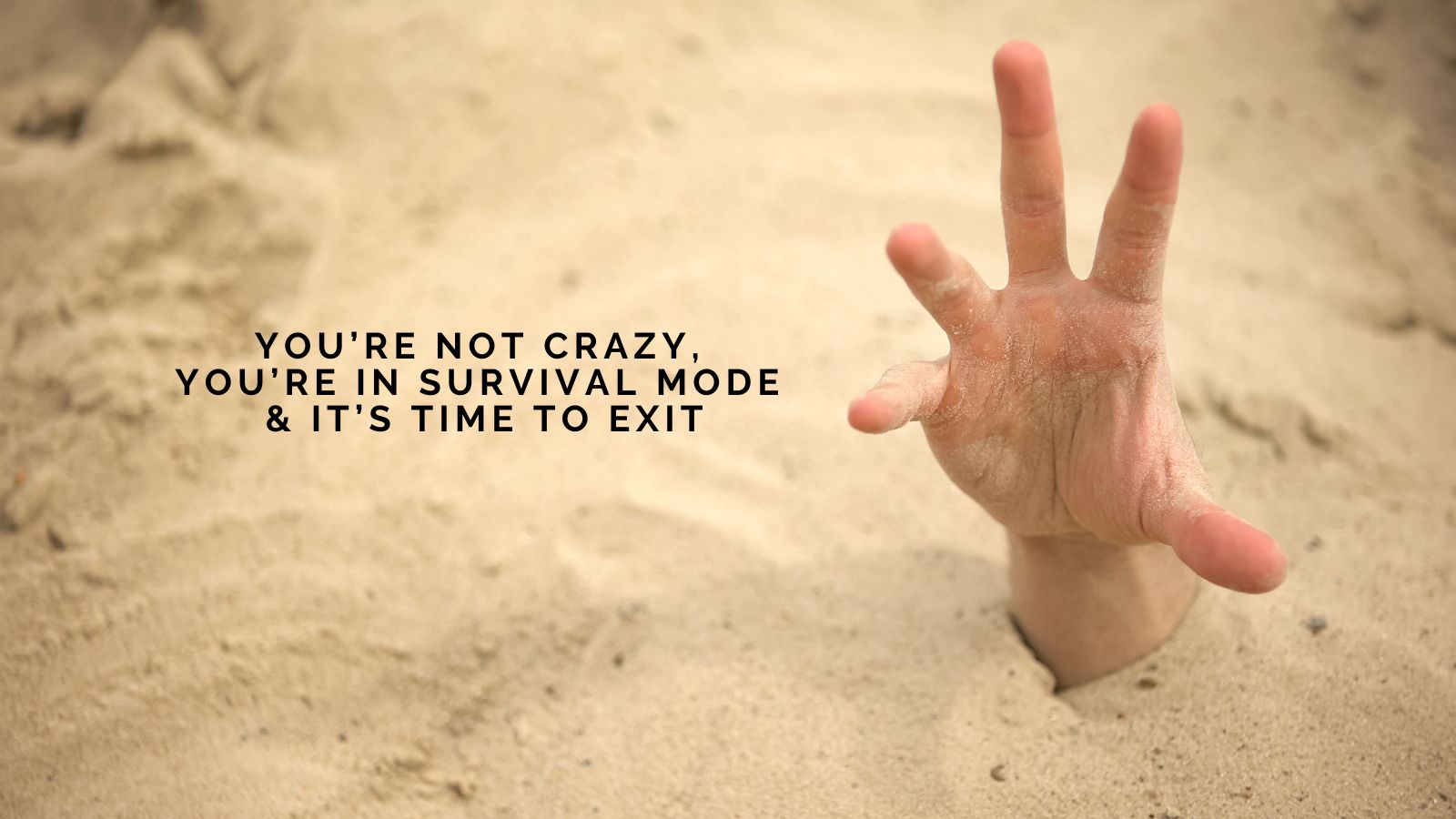
Inspired by Netflix series Ginny and Georgia
Netflix’s Ginny & Georgia struck a nerve for many viewers—not because of its dramatic twists, but because of how deeply it mirrors the emotional weight so many modern mothers carry.
While the story centres on a mother and daughter navigating life after trauma, what resonates most isn’t the plot—it’s the pattern. The invisible legacy of survival. How the pain we’ve endured becomes the parenting script we follow—whether we mean to or not.
Very often, the way we love our children is shaped not by who we are now—but by what we had to survive. (Image credit: Kerstin Gruenling)

Many mothers today are raising teens while quietly carrying unprocessed pain from their own upbringing. It might not be abuse in the way we typically define it. It could be emotional neglect, inconsistent parenting, codependency, or growing up in a home where emotions were avoided, dismissed, or punished.
We often say, “I’ll never be like my mother.” But then we find ourselves yelling in the same tone. Or freezing in the middle of a meltdown. Or feeling completely helpless when our child shuts us out.
This isn’t failure. It’s emotional inheritance. It’s your family script at play.
Survival Parenting: A Systemic Reality
Survival parenting isn’t about neglect. It’s about parenting while your nervous system is still bracing for threat—even if life looks stable now.
The fight-flight-freeze-fawn responses are well known—but in a family system, they don’t happen in isolation. They are shaped by roles, gender, cultural expectations, and intergenerational scripts that often go unspoken.
You might be the mother who yells (fight) because, growing up, anger was the only emotion allowed in your culture.
Or the one who shuts down (freeze) during arguments because emotional expression was punished in your household due to your gender.
You may find yourself fawning—over-accommodating or avoiding boundaries—because your culture equates obedience with love.
These are not flaws. They are protective adaptations.
But unless we name the system we inherited, we risk turning parenting into a performance—when what we actually need is repair and understanding of the drivers, beliefs and experiences that influence our parenting.
Trauma Isn’t the Event. It’s the Emotional Blueprint That Follows.
Children don’t just absorb what we say. They absorb how we say it—what’s left unsaid, what’s withheld, and what is emotionally present in the room (you can see that clearly in Ginny’s self-harming behaviour).
If emotional safety was never modelled, a child may learn that anger means danger… that love comes with control… or that silence is safety.
These become their unconscious blueprints for how to navigate relationships, self-worth, and emotional expression.
And if those patterns go unexamined, they don’t just stay. They get passed on.
Why Teens Are in Crisis—And It’s Bigger Than Behaviour
Teens today are growing up inside systems layered with complexity: blended families, digital overload, co-parenting challenges, gender role confusion, emotional illiteracy, cultural dissonance.
They’re told to regulate emotions—when few have ever seen adults do so.
They’re told to speak up—but often punished when they do.
As a family therapist, I know that behaviour is never just about now. It’s the language of what has been absorbed but not expressed. It’s relational. It transcends generations.
When we zoom out to see the system—not just the child—we start to decode the real story.
This Isn’t About Blame. It’s About Awareness.
You’re not broken. And neither is your child.
What’s happening in your home is the interaction of nervous systems, survival scripts, and emotional legacies—each trying to find safety in the only ways they’ve ever known.
This is not about fixing. It’s about seeing.
And when you start to parent from that lens—not just correction but context—you create something powerful: an emotionally safe environment where both you and your teen can begin again.
You don’t have to be a perfect parent.
You only need to be a present one.
That’s where the cycle stops—and healing begins.
_(44).jpg)























